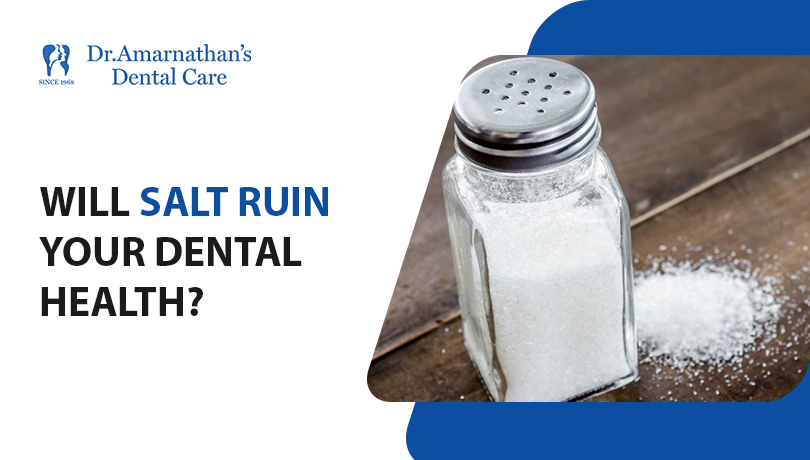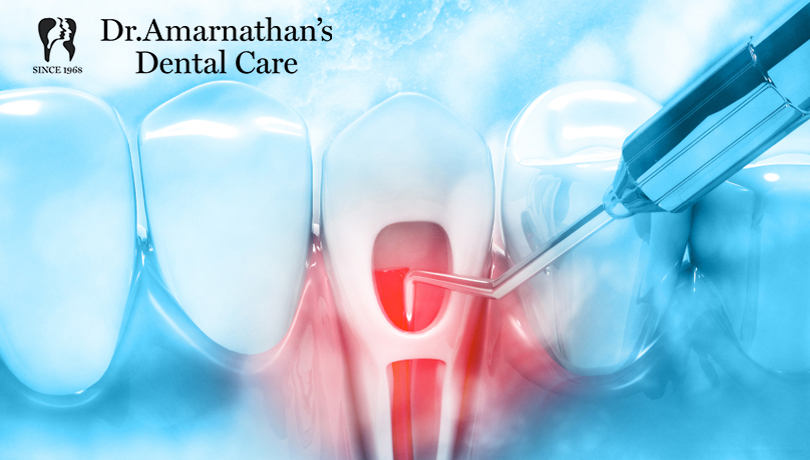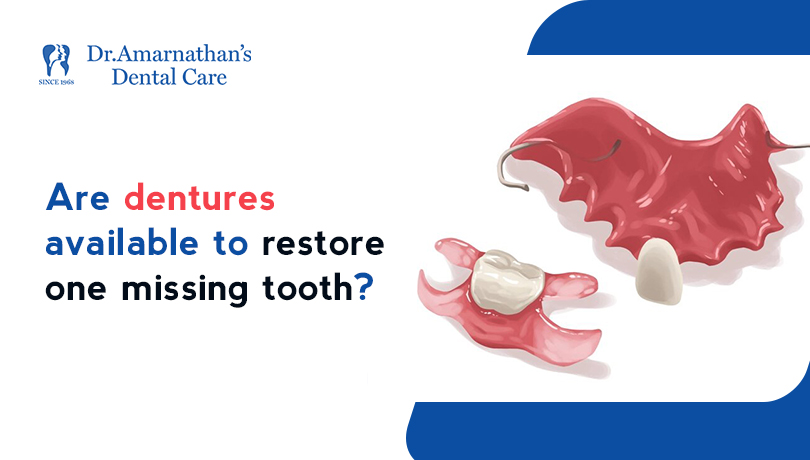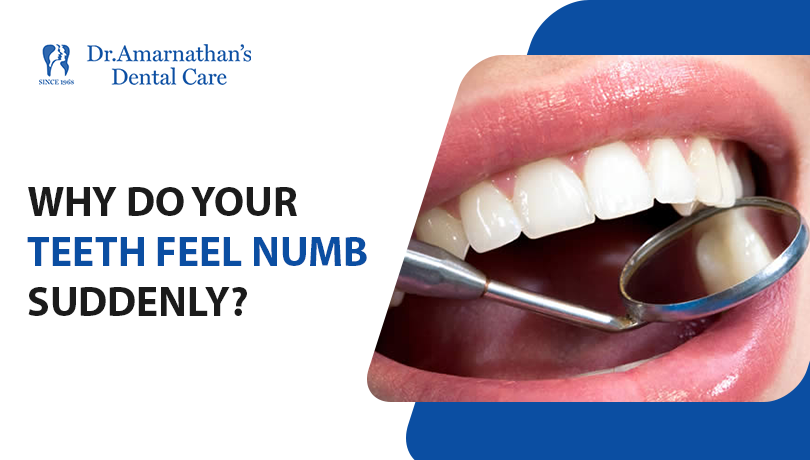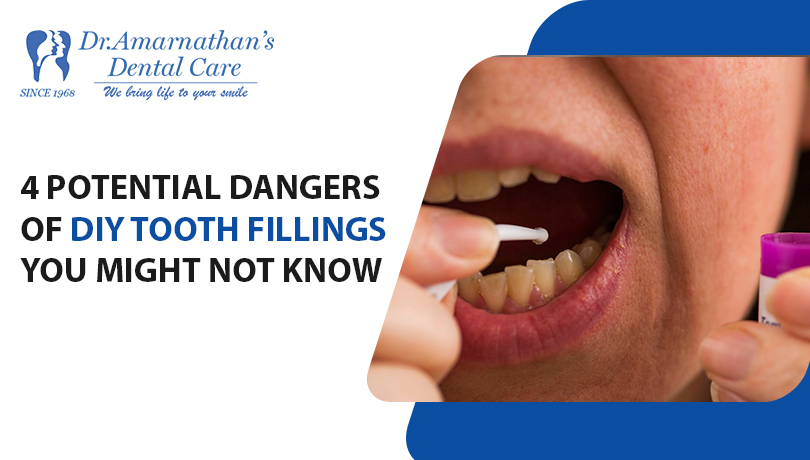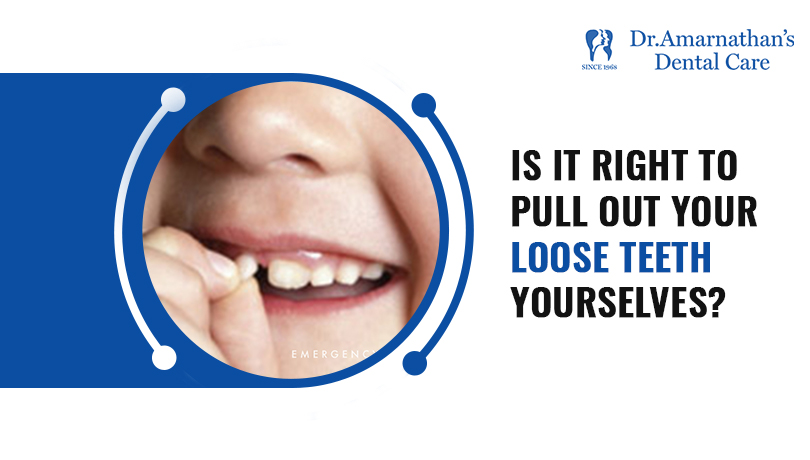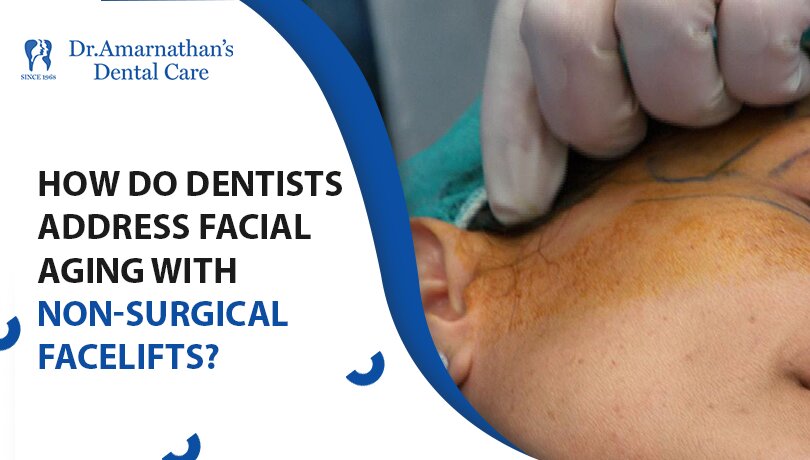
How effective are dental dams?
Dental dams are still a crucial component of reducing the risk of bacteria during dental treatment, even though they have been used in the dental business for hundreds of years.
500 to 1,000 different types of bacteria can be found in the human mouth! Some bacteria always stay in your mouth and teeth, despite how well you clean them.
What is a dental dam?
A dental dam is a protective sheet with a hole in it, also referred to as a rubber dam.
It is placed above the treatment area to surround it and aid in preventing the spread of bacteria while performing treatment operations.
They are generally made of latex, but if the patient has a latex allergy, different materials may be used.
Are dental dams safe to use in dentistry?
They are secure tools that endodontists and dentists use. This procedure is safe and really boosts your level of protection.
Uses
- Dental restorations – to restore a tooth’s damaged portions to their original shape, structure, and functionality.
- The majority of its applications are in endodontics, fixed prosthodontics like crowns, bridges, and general restorative procedures.
- In addition to preventing saliva from interfering with dental work (such as contaminating oral microorganisms during root canal treatment or keeping filling materials like composite dry during placement and curing).
- It also serves to prevent oral harm from instruments and materials being inhaled, ingested, or swallowed.
Benefits
They have a variety of advantages for both dentists and their patients. The following are some benefits of using dental dams:
- A dental dam protects the tooth from oral germs, lowering the risk of infection in the treated tooth. Additionally, any microorganisms that are discharged during root canal treatment are kept out of your mouth.
- By using a dental dam dental professionals can prevent coming into contact with a patient’s saliva or blood.
- The dam protects patients from being cut by dental tools by covering their mouths and lips.
- It helps to target the problem area.
- They prevent the transmission of contagious diseases from patients to practitioners because they reduce the risk of bleeding and cover the mouth to stop saliva from spraying into the air.
Disadvantages
- It can be difficult to apply and prolong the treatment.
- Patients may have the option to refuse the use of a dam if they find them uncomfortable. speaking with the dam is really difficult as well.
- Malpositioned teeth cannot be treated with them. This kind of technique is unsuitable for a dental dam because the awkward location makes it difficult to position the dam around the targeted tooth (or teeth).
What is used alongside a dental dam?
It is used in conjunction with many other components and devices, such as
- Hooks or Clamps
- A dam punch
- tooth floss
- A frame to help in keeping the dam in place
- Dam sheets
- Cotton roles (sometimes used to aid in isolating the treatment area and help in absorbing the excess fluid)
The alternative of a dental dam
Dental dams can be replaced with a variety of equipment, with cotton rolls and gauze packs being the most popular. Other alternatives include suction tools and retraction devices.
This does not mean that it is no longer effective, but rather that faster and less expensive alternatives are taking its place. Dams are currently used by less than 19% of dental professionals.
Bottom line
At our clinic, we promise to keep everyone working there safe at all times. Each patient receives a dental dam, which is part of our safety requirements. This requirement remains a component of our practices to stop the spread of COVID-19.
If you have any inquiries, set up an appointment with us here.





